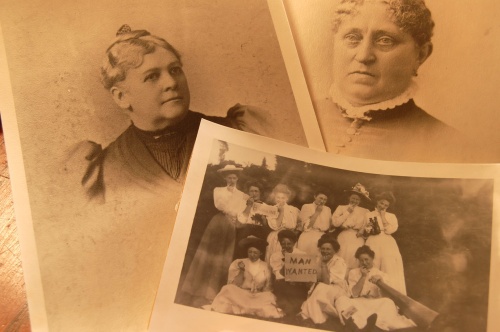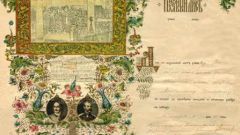Instruction
1
To compile the genealogy of his family quite independently, without spending a lot of money to pay for the services of a professional historians. It is important to know where to start and which direction to move. The first thing to do is to ask in detail all of the living relatives, especially the older generation about the history of your family. Special attention is paid to the names, dates of birth, death and marriage. It is necessary to record the place of birth and residence, nationality and religious affiliation. Subsequently, these data will help in the recovery of the unknown parts of your family.
2
Obtained from relatives of oral information, it is best to take the form of detailed stories collected in a notebook or album. Simultaneously with their training, you should collect all available family documents: photographs, letters, diaries, and notes of any formal evidence or reference. Can be useful to literally everyone, even extracts from medical records and referrals for testing.
3
In order to organize the available information and to visualize the structure of your family, it is best to make a preliminary family tree. Family (genealogical) tree is a schematic representation of intergenerational painting, that is, kinship families in the form of a conditional tree, the roots of which is common ancestor. The trunk consists of the representatives of the main line and branches – a variety of side line. The traditional family tree has always drawn upwards, mimicking the shape of real trees that is not very convenient to subjective perception. Therefore most modern pedigrees schemes do inverted on the top placed the ancestor-founder, and his descendants are next, in descending order.
4
Today on the Internet there are numerous websites and computer programs that allow you to create a detailed genealogical diagrams. One of the most convenient and popular is Family Tree Builder. It can be downloaded from the developer's site (www.myheritage.com) absolutely for free. The program runs under Windows and provides many opportunities to organize information about the relationships.
5
The structure of the kind issued in the form of diagrams, will allow you to see what data are still missing for a complete picture. In most cases the oral interviews of relatives used to gather information about family members only up to 3-4th generation, then the memory is failing. If there is a need to find out about his kind more have to turn to archival research. In Russia the basic data about the citizens after the revolution of 1917. recorded in the registry office, and before that in the Church register books. Today all this information can be found in the respective archives. For admission to working in the archive you will need a passport, two photos (if the archive of the regional or Central) and the corresponding statement. The rules of work with documents you will see the archive staff already in place. They will help you choose the right sources.
6
To gather information about remote ancestors beyond Church registers of births containing information on births, deaths and registration of marriages, may prove useful revision lists. Before the revolution they recorded data about the people belonging to the tax-paying classes – artisans, peasants, petty bourgeois. These documents usually contain information about men, including their surname, name, patronymic, age, place of birth and residence, marital status, information about the presence of children, nationality and property status. All new information, it is better to make built the schema and the data in the form of texts are best made into a separate book or album that could be inherited to their children.




